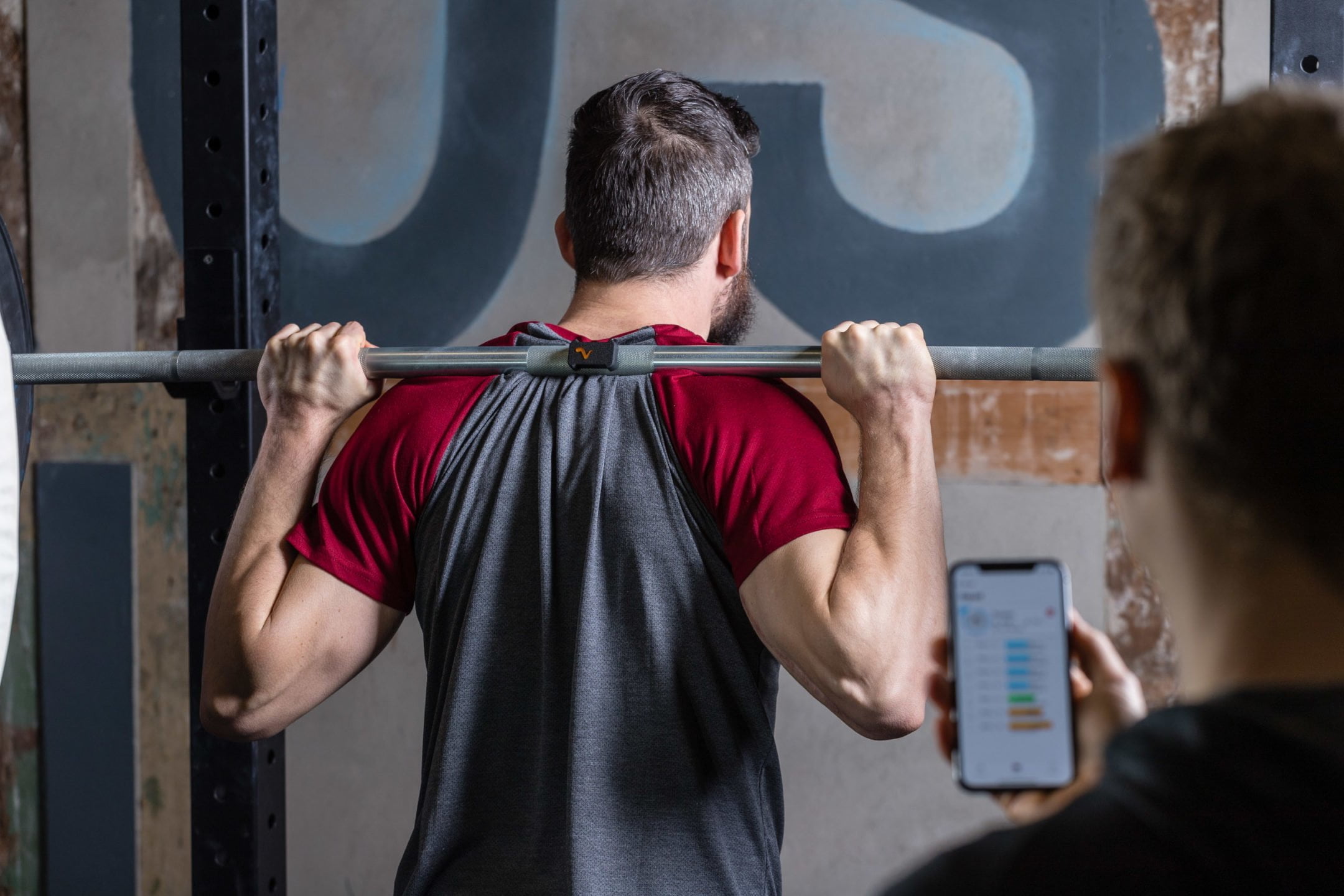Table of content
Effective strength training is based on the optimal interaction of different load normatives. These are the load used, the number of repetitions per set, the rest periods between sets and the total number of repetitions. The aim is always to create an appropriate level of stress for the desired training goal. In sports in particular, external conditions such as weekly matches and other training sessions also play a role.
Load and stress
Up to now we have deliberately spoken of stress and not load. The load is an external quantity to which an athlete reacts with a stress. The same load can mean a different load on different days. For example, if an athlete lifts 160 kg out of a daily 1RM of 180 kg, this corresponds to a percentage load of around 88%. If he lifts the same load on another day, but with a daily 1RM of only 165 kg, this is about 97%. The load was identical, but the stress was quite different. It should be noted that the daily maximum can vary by up to ± 18% over the course of a month.
Training load
In conventional strength training, the load is often expressed as a percentage. On the other hand, there is the autoregulatory approach. In this approach, the load is adapted to the daily level of readiness. An effective and reliable way of doing this is velocity-based training. The quasi-linear relationship between velocity and load can be used to create a velocity profile of an athlete in a particular exercise. With future submaximal repetitions above 60%, the current daily maximum can be determined very accurately. The optimal training load for that day can be derived as a percentage of the daily maximum. The actual load used by an athlete will therefore depend on their daily readiness.
Number of repetitions
How many reps should I do per set? This raises the question of how fatiguing the training should be. This determines how long it will take the athlete to recover. The more fatigue an athlete experiences in a set, the longer it will take to recover. This applies both to the set break and to the recovery period after training. Repetitions in Reserve (RiR) are the most accessible way to describe this. RiR describes how many repetitions an athlete could have performed in a set after completing the set. This can be measured subjectively or objectively using the velocity based training approach.
Total number of repetitions
Now that we know which load should be used and how many repetitions should be performed per set, we have to determine the total number of repetitions. This in turn depends on the training goal and the desired regeneration time. At this point, the athlete, or coach is asked to determine this. If I have only two training sessions per week and few other training sessions, the total number of repetitions can be higher than in a tight training routine.
Requirements
Enode Pro’s coaching supports all necessary measurements, calculations, and decisions completely automatically. First, however, a velocity profile must be created for an athlete in each exercise. From the second training on, the coaching is ready. The quality of the coaching continues to depend on the quality of the profile. Enode Pro continuously adjusts the profile in the background with each training session. In this way, the best results are always achieved. How exactly the profile is determined and adapted over time is described in a separate article. It is important that every repetition with Enode Pro or velocity based training in general is performed with maximal intention. This is sometimes not possible with low loads. In this case, the daily readiness may be underestimated with low loads. Coaching can be avoided by choosing the open training goal.
Definition of goals
When you add an exercise to a workout, the last step is to set a workout goal. There are only three main settings to make. First, define the training objective. Select a strength trait. This selection already determines a rough percentage range of the load that will be used. However, you can always change the default settings and even switch to a completely different type of programming, such as velocity ranges or velocity drops.
Coaching
Enode Pro’s coaching consists of two separate parts. At the beginning of the training, a first load is predefined. This corresponds to about 50% – 60% of the current daily maximum. At this point the athlete should already be well warmed up and, if necessary, have done a few repetitions of the current exercise. Each subsequent repetition should be performed with maximum effort and correct technique. As long as the load is outside the target range, a set is considered a warm-up set. It is always advisable to do 1-2 warm-up sets with Enode Pro in order to determine your daily readiness before the work sets.
After each set, increase or lower the load if necessary. The increase is done in perceptually decreasing steps. Initially, the increments will be larger than in later training sessions with increasing loads.
As soon as the target range is reached, the number of repetitions is adjusted. The maximum possible number of repetitions is initially determined from the percentage load in relation to the daily capacity and the stored profile. This is then reduced according to the fatigue level selected. If 10 repetitions are possible, this is reduced to 8 repetitions if a moderate level of fatigue is selected. The range is then set at 6–8 repetitions. The number of repetitions is always adjusted to the current fatigue level with additional sets. When the total number of repetitions is reached, no further repetitions are prescribed and the session is completed.




